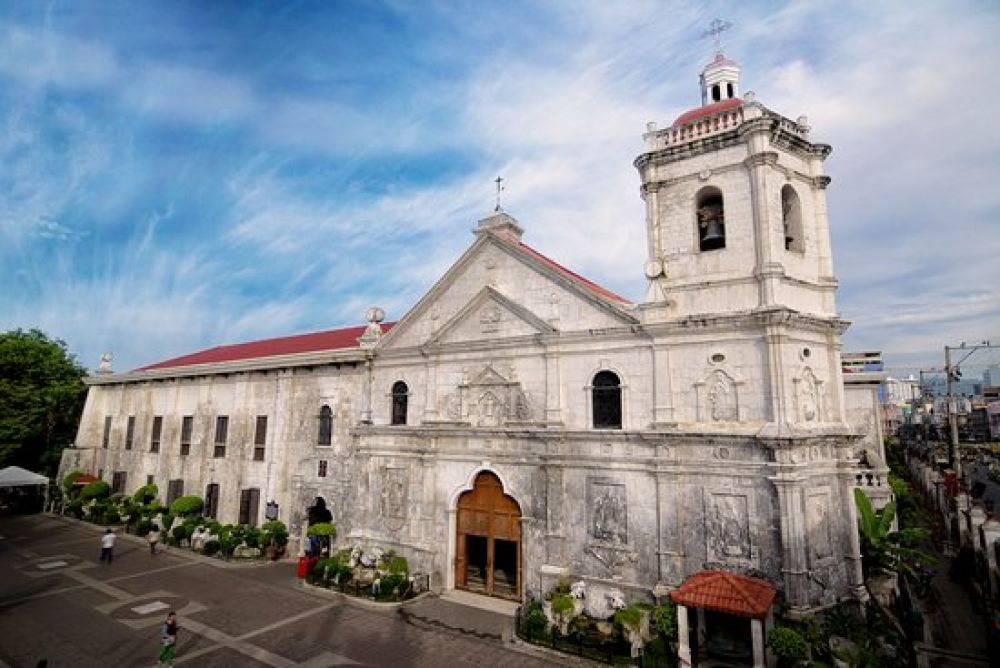

The Basilica Minore del Santo Niño is an esteemed religious landmark located in the heart of Cebu City, Philippines. Known for being the oldest Roman Catholic church in the country, its history is deeply intertwined with the origins of Christianity in the Philippines. The basilica stands on the very spot where the image of the Santo Niño, a statue depicting the Child Jesus, was discovered by Spanish explorers in 1565.
Founded in the 16th century, the church has been a vital pilgrimage site for centuries. The establishment of the Basilica marked the beginning of Christian faith in the Philippines. Through time, it has attracted both local devotees and international tourists, becoming a pivotal element in Cebu's tourism scene. As the site where the annual Sinulog Festival is centered, the Basilica Minore del Santo Niño de Cebu is a catalyst for religious fervor and cultural festivities.
Over the years, the church has undergone several renovations to accommodate the growing number of pilgrims and tourists. In 1965, the church was conferred the title Basilica Minore by Pope Paul VI, and later, it was declared a National Historical Landmark. These recognitions have bolstered the site’s reputation as a must-visit destination for anyone traveling to the Philippines.
The Basilica's role in Philippine tourism has evolved over time. While its primary draw remains its religious significance, the area around the Basilica has become vibrant with shops, museums, and cultural exhibits that appeal to a broader audience. Furthermore, the Basilica itself houses a museum that showcases relics and historical artifacts, adding an educational aspect to its religious allure.
In recent years, there has been a notable trend towards responsible and sustainable tourism. More visitors are seeking authentic and meaningful experiences, prompting the local community and the church administration to enhance the site's sustainability efforts and ensure that the influx of tourists does not harm the sacredness and integrity of the Basilica.
Moreover, the ongoing global pandemic has transformed the landscape of tourism at the Basilica. The introduction of virtual pilgrimages and online liturgies has broadened its reach, enabling the faithful from around the world to participate in religious services and view the Santo Niño image without physically traveling to Cebu City.
A peak in tourism is consistently observed during the Sinulog Festival, an annual cultural and religious celebration in honor of the Santo Niño, held on the third Sunday of January. The vibrant parades, colorful dance competitions, and devout processions continue to attract an increasing number of tourists, both domestic and international.
The Basilica Minore del Santo Niño embodies both historical significance and contemporary appeal, making it a cornerstone of Cebu City's tourism industry. As the site adapts to the evolving demands of tourism and continues to uphold its sacred traditions, it remains a vibrant testament to the Filipino people's faith and their capacity to welcome visitors from all walks of life.